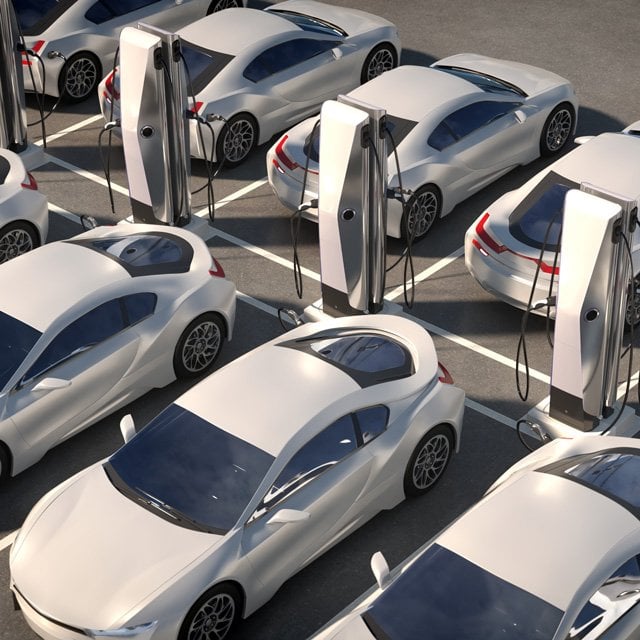Buyers Can Get Up-Front Electric Vehicle Rebates in 2024

Price Limitations
The IRS FAQ also spells out the price limitations applying to the credit.
Specifically, the manufacturer’s suggested retail price for the new clean vehicle may not exceed the following amounts for the following vehicle types:
Vans: $80,000
Sport utility vehicles: $80,000
Pickup trucks: $80,000
All other vehicles: $55,000
If the MSRP exceeds the limitation for that specific vehicle type, that vehicle is not eligible for the new clean vehicle credit.
As noted by the IRS, the Department of Energy hosts a purchaser-friendly version of the list of eligible clean vehicles, including battery electric, plug-in hybrid and fuel cell vehicles that qualified manufacturers have indicated to the IRS meet the requirements to claim the new clean vehicle credit on FuelEconomy.gov, including the applicable MSRP limitation.
Income and Price Limitations for Used Clean Vehicles
As detailed in the FAQ, the clean vehicle credit is also available with the purchase of a used vehicle, but different income and price limitations apply. The relevant modified AGI thresholds are as follows, and they are calculated the same way as they are for new vehicles:
Married filing jointly or filing as a qualifying surviving spouse or a qualifying widow(er): $150,000
Head of household: $112,500.
All other filers: $75,000.
Claiming a Credit or Up-Front Rebate
According to the FAQ, starting for vehicles placed in service Jan. 1 or later, buyers will be able to claim credits only if the seller has registered with the IRS and successfully submits a seller report through the IRS Energy Credits Online portal. This submission is done at the time of sale through IRS Energy Credits Online, and the seller must provide a copy of the successfully submitted seller report to the buyer.
As the IRS stipulates, the transfer election allows a taxpayer purchasing a new clean vehicle or previously owned clean vehicle to transfer the entirety of the allowable credit to an eligible entity (a registered dealer) in exchange for a financial benefit (i.e., reduced final cost) from the eligible entity equal to the amount of the credit. This commensurate benefit can be offered in cash, in the form of a partial payment or a down payment for the purchase of such vehicle.
In short, the tax credit can be applied at the point of sale to reduce the cost of the purchase by the amount of the credit. Eligible taxpayers who purchase an eligible vehicle may still choose to claim the tax credit on their return instead of transferring a new or previously owned clean vehicle tax credit.
To claim the credit, taxpayers can file Form 8936 when they file their federal income taxes. The credit is nonrefundable, which means it can lower or eliminate tax liability, but taxpayers will not get any overage of the credit refunded once their liability reaches zero.
Credit: Adobe Stock




